RELIGION AND POSTMODERNISM
A series edited by Thomas A. Carlson
RECENT BOOKS IN THE SERIES
Secularism in Antebellum America,
by John Lardas Modern (2011)
The Figural Jew: Politics and Identity in Postwar French Thought,
by Sarah Hammerschlag (2010)
The Indiscrete Image: Infinitude and Creation of the Human,
by Thomas A. Carlson (2008)
Islam and the West: A Conversation with Jacques Derrida,
by Mustapha Chrif (2008)
The Gift of Death, Second Edition, and Literature in Secret,
by Jacques Derrida (2008)
ARTS OF WONDER
Enchanting Secularity
WALTER DE MARIA, DILLER + SCOFIDIO, JAMES TURRELL, ANDY GOLDSWORTHY
JEFFREY L. KOSKY
The University of Chicago Press
CHICAGO & LONDON
Jeff rey L. Kosky is professor and head of the Department of Religion at Washington and Lee University in Virginia.
The University of Chicago Press, Chicago 60637
The University of Chicago Press, Ltd., London
2013 by The University of Chicago
All rights reserved. Published 2013.
Printed in the United States of America
21 20 19 18 17 16 15 14 13 1 2 3 4 5
ISBN-13: 978-0-226-45106-0 (cloth)
ISBN-13: 978-0-226-45108-4 (e-book)
ISBN-10: 0-226-45106-2 (cloth)
ISBN-10: 0-226-45108-9 (e-book)
The University of Chicago Press gratefully acknowledges the generous support of Washington and Lee University toward the publication of this book.
Library of Congress Cataloging-in-Publication Data
Kosky, Jeffrey L.
Arts of wonder : enchanting secularity: Walter de Maria, Diller + Scofidio, James Turrell, Andy Goldsworthy / Jeffrey L. Kosky.
pages cm. (Religion and postmodernism)
Includes bibliographical references and index.
ISBN 978-0-226-45106-0 (cloth : alkaline paper)
ISBN 0-226-45106-2 (cloth : alkaline paper)
ISBN 978-0-226-45108-4 (e-book)
ISBN 0-226-45108-9 (e-book)
1. Light in art. 2. Light art. 3. Art and religion. 4. Earthworks (Art). 5. De Maria, Walter, 1935 Lightning field. 6. Blur Building (Expo.02, Switzerland). 7. Turrell, JamesCriticism and interpretation. 8. Goldsworthy, Andy, 1956 Criticism and interpretation. I. Title. II. Series: Religion and postmodernism.
N8219.L5K67 2012
709.05'1dc23
2012017785
 This paper meets the requirements of ANSI/NISO Z39.48-1992 (Permanence of Paper).
This paper meets the requirements of ANSI/NISO Z39.48-1992 (Permanence of Paper).
To Claire Sabine Kosky and Oscar Irving Kosky
CONTENTS
FIGURES
PREFACE
I have long used the category disenchantment when teaching and writing about the modern condition. In this, I am not unusual. This interpretation of modernity has been dominant for many years. To be modern, it claims, is to share in the disenchantment of the world. This is not just a thesis about the state of our psyche or the condition of human being; it does not just say that we moderns (those moderns?) are jaded or bored, lacking in ideals or commitment, frustrated or disappointedin short, that we are (they are?) a disenchanted lot. It is also a thesis about the world itself. In the diagnosis of modern disenchantment is contained a decision about the nature, or lack thereof, of the world and what counts as real. It is as much a concern of cosmology as of anthropology.
This book addresses these cosmologies and anthropologies, and even the theologies of modern disenchantment. It is motivated by my own disenchantment with modern disenchantmentmy sense that the models of modern disenchantment are no longer enough and that we need new models of human being, the world, and the relation of each to the other. On the basis of intimate encounters with particular works of art, Arts of Wonder therefore poses, without embarrassment, far-reaching questions regarding the nature, or lack thereof, of humanity, the world, and even God in the wake of modern disenchantment.
...
Disenchantment as a diagnosis of modernity was employed most famously by Max Weber in his classic essay Science as a Vocation. There Weber wrote, The fate of our times is characterized by rationalization and intellectualization and above all by the disenchantment of the world. The increasing intellectualization and rationalization of the age means, he continued, that principally there are no mysterious incalculable forces that come into play, but rather that one can, in principle, master all things by calculation. This means that the world is disenchanted. Mysteries having been banished, the world that remains is one we can count on, reliably and predictably, precisely because it is one we can count up, measure and compute in a calculative science. In such a world, one need no longer have recourse to magical means in order to master or implore the spirits, as did the savage, for whom such mysterious powers existed. Technical means and calculations perform the service. Thanks to the ever increasing calculative capabilities of knowledge and science, and owing to ever more effective technologies, we have the power to order and organize, make and manipulate, the world in accordance with reasons of our own.
Following Weber, disenchantment is not simply a matter of the death of God or of the gods, demons, and spirits; it is not simply a challenge to theology or religion. Rather, it concerns the dismissal of the very notion of mystery from our encounter with the world and with ourselves. Disenchantment, then, is a signal of healthy-minded autonomy. A good modern, the story goes, is disenchanted: he does not come under the spell of mysteries, nor is he held in thrall by the charm of unspeakable wonders. He lets his actions and decisions be organized as methodic and systematic means in pursuit of known ends, and he can, precisely because he calculates means to pursue ends controlled by the intellect, offer a reasonable account of all he does.
And yet, however empowering the project of disenchantment and demystification might be, many today have grown disenchanted with modern disenchantment and are seeking a new story to tell about it. They sense the lovelessness of the world fostered by the calculative thinking that dominates modern economic, scientific, and philosophical logic. They feel the absence of charm and wonder as deeply enervating. And they suspect another truth, one in which the world might come to light in a far more wonderful way.
Can the spell of modern disenchantment be broken?
...
Taking its point of departure from Webers thesis, Arts of Wonder looks to significant artwork of the late twentieth and early twenty-first centuries to stage intimate encounters with modern disenchantment. The works of art I encounter are most often thought to be representative of secular modernity and therefore to share in the disenchantment of the world, but listening to the appeal of these appealing works, I was surprised to find myself invoking a vocabulary that I had long kept at a distance. These works of art work, I found, make places where we might encounter mystery and wonder, hopes for redemption and revelation, transcendence and creationlongings traditionally cultivated and addressed in religious traditions, but that, when developed through the encounter with these works of art, are nevertheless crucial aspects of enchanting secularity.
By exploring these themes through encounters with cutting-edge works of art, Arts of Wonder suggests that one need not look only to traditional religion or religious traditions for refuge from the vicissitudes of human being in the world set up by modern disenchantment. A secular response to these challenges can also be cultivated, without fleeing the modern condition. But, having been trained in theology, I understand, too, that it is the task of religion, as much as of art, to help us creatively affirm our worlds (or not). Religion does this by offering an interpretation of the world that lets us see a god revealed in or through itwhich implies that it elaborates for us an image of a god so that we might find it (or not) in the worlds where we dwell. I try in this book to do both.
Next page



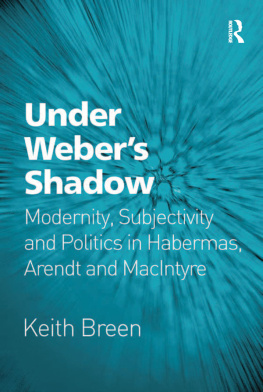
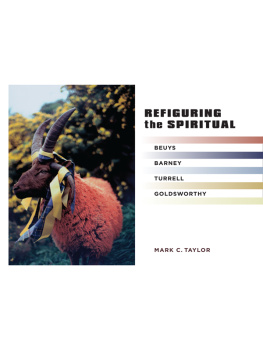
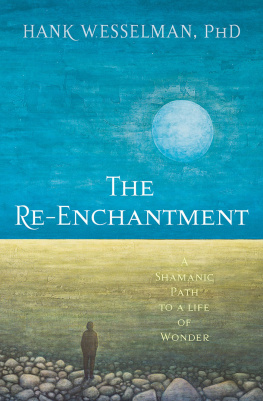
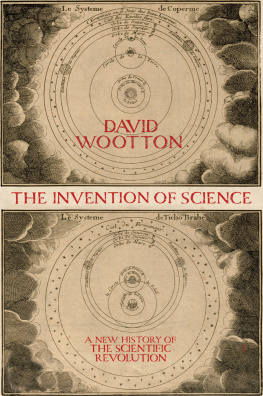
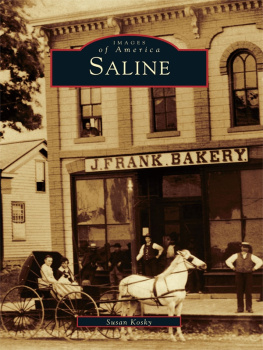
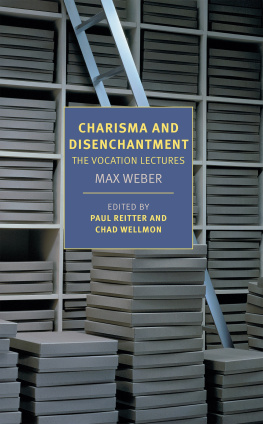

 This paper meets the requirements of ANSI/NISO Z39.48-1992 (Permanence of Paper).
This paper meets the requirements of ANSI/NISO Z39.48-1992 (Permanence of Paper).